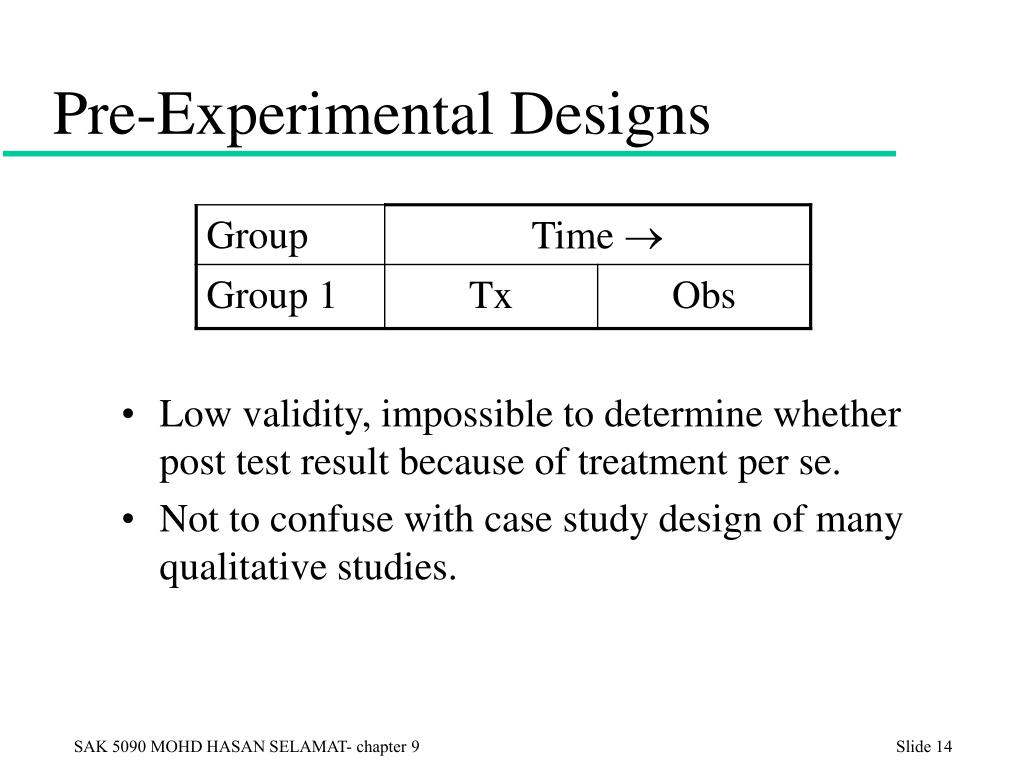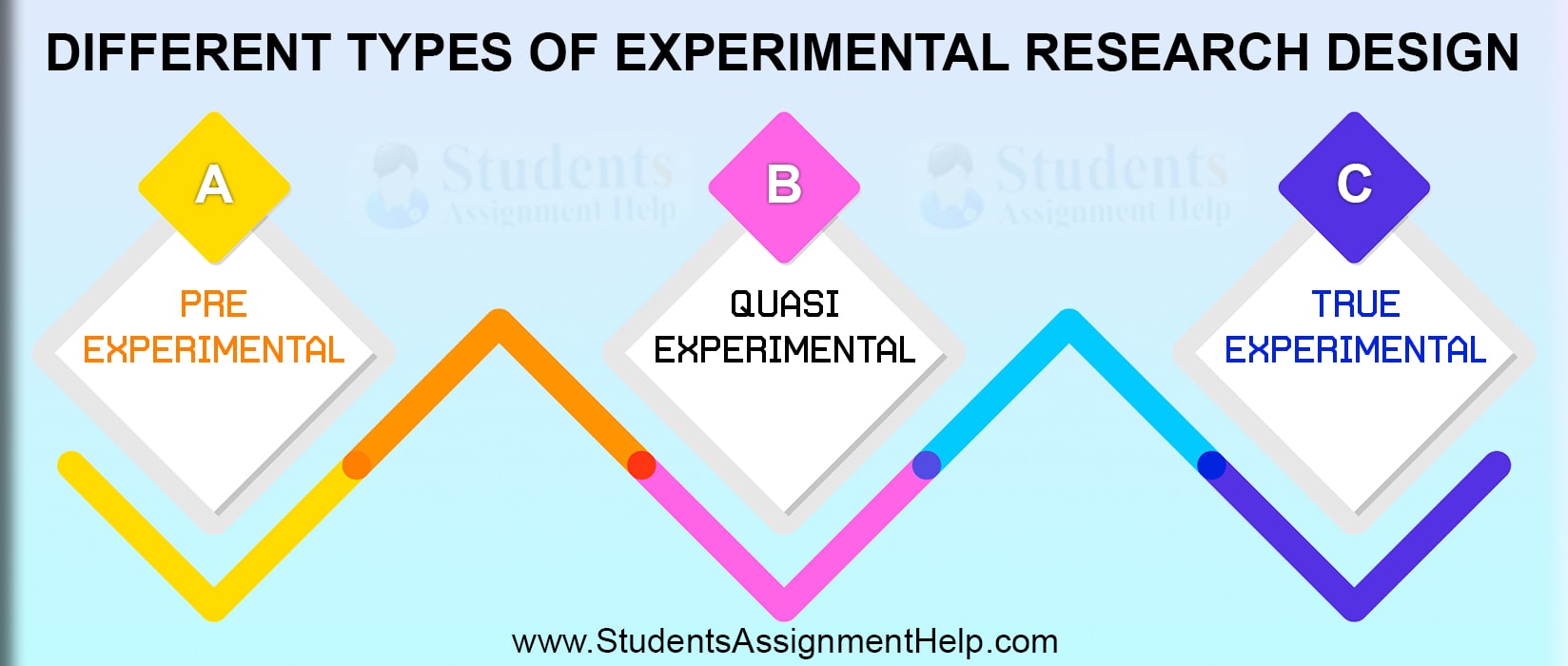Table Of Content

The researcher could then compute each participant’s mean rating for each type of defendant. Or imagine an experiment designed to see whether people with social anxiety disorder remember negative adjectives (e.g., “stupid,” “incompetent”) better than positive ones (e.g., “happy,” “productive”). The researcher could have participants study a single list that includes both kinds of words and then have them try to recall as many words as possible. The researcher could then count the number of each type of word that was recalled.
Randomisation
Manipulation checks allow investigators to isolate the chief variables to strengthen support that these variables are operating as planned. In a controlled experiment, the researchers, or investigators, decide which subjects are assigned to a control group and which subjects are assigned to a treatment group. In doing so, we ensure that the control and treatment groups are as similar as possible, and limit possible confounding influences such as lurking variables. A replicated experiment that is repeated on many different subjects helps reduce the chance of variation on the results.
Cluster Randomized Design Cons
How you manipulate the independent variable can affect the experiment’s external validity – that is, the extent to which the results can be generalised and applied to the broader world. Experimental design means creating a set of procedures to systematically test a hypothesis. A good experimental design requires a strong understanding of the system you are studying. Experimental research is often the final form of a study conducted in the research process which is considered to provide conclusive and specific results. It involves a lot of resources, time, and money and is not easy to conduct, unless a foundation of research is built.
One-shot case study research design
Developmental Psychology Research Methods - Verywell Mind
Developmental Psychology Research Methods.
Posted: Wed, 01 Nov 2023 07:00:00 GMT [source]
Independent variables are not introduced, withdrawn, or manipulated in non-experimental designs, but the same may not be said about experimental research. The independent variables are the experimental treatment being exerted on the dependent variables. Extraneous variables, on the other hand, are other factors affecting the experiment that may also contribute to the change. They started creating structured plans—what we now call experimental designs—to get clearer, more trustworthy answers to their questions. To study the how leading questions on the memories of eyewitnesses leads to retroactive inference, Loftus and Palmer (1974) conducted a simple experiment consistent with true experimental design.

They're used by people in all sorts of jobs, like marketing, education, and even video game design! Yes, someone probably ran an experiment to figure out what makes a game super fun to play. Participants are randomly assigned to either receive the medication or nothing at all. Three months later, all participants are contacted and they are given a full battery of heart disease tests.
Evaluation of Experimental Design Psychology
How design of experiments lowers costs in R&D - Scientific Computing World
How design of experiments lowers costs in R&D.
Posted: Wed, 29 Mar 2023 11:18:22 GMT [source]
The aspect that varies between groups is called the experimental (independent) variable. The controlled nature means the research findings may not fully apply to real-world situations or people outside the experimental setting. Although closely related to a true experiment, quasi-experimental research design differs in approach and scope. Experimental research enables researchers to conduct studies that provide specific, definitive answers to questions and hypotheses. When testing a theory or new product, it can be helpful to have a certain level of control and manipulate variables to discover different outcomes. You can use these experiments to determine cause and effect or study variable associations.
Repeated Measures Design
Next on our roster is the Correlational Design, the keen observer of the experimental world. They don't interfere or get involved; they just observe and take mental notes about what's going on. In a Cross-Sectional Design, researchers look at multiple groups all at the same time to see how they're different or similar. First off, it's the go-to for studying change over time, whether that's how people age or how a forest recovers from a fire. In the later part of the 20th century and into our time, computers have totally shaken things up.
It’s also possible to use a mixed methods design that integrates aspects of both approaches. By combining qualitative and quantitative insights, you can gain a more complete picture of the problem you’re studying and strengthen the credibility of your conclusions. Descriptive statistics are used to summarize and describe the data collected in the study. This includes measures such as mean, median, mode, range, and standard deviation.
Step 1: Define your variables
Let's now go through each experimental research design used in psychology. You decide you want participants to get only three hours (sleep-deprived experimental condition) of sleep in one condition and 8 in the second (well-rested experimental condition). Using the five steps to develop a research plan ensures you anticipate and eliminate external variables while answering life’s crucial questions. Experiments across all industries and research realms provide scientists, developers, and other researchers with definitive answers. These experiments can solve problems, create inventions, and heal illnesses.
Field experiments are conducted in naturalistic settings and allow for more realistic observations. However, because field experiments are not as controlled as laboratory experiments, they may be subject to more sources of error. To assess the effect of the organization on recall, a researcher randomly assigned student volunteers to two conditions. In this article, we will not only discuss the key aspects of experimental research designs but also the issues to avoid and problems to resolve while designing your research study. A survey is a tool used to gather relevant data about the characteristics of a population and is one of the most common data collection tools.
Computerized measures involve using software or computer programs to collect data on participants’ behavior or responses. These measures may include reaction time tasks, cognitive tests, or other types of computer-based assessments. Experimental design is a process of planning and conducting scientific experiments to investigate a hypothesis or research question. It involves carefully designing an experiment that can test the hypothesis, and controlling for other variables that may influence the results. Experimental design refers to how participants are allocated to different groups in an experiment. Types of design include repeated measures, independent groups, and matched pairs designs.
One well-known example you might have heard about is the Kinsey Reports from the 1940s and 1950s, which described sexual behavior in men and women. Researchers interviewed thousands of people but didn't manipulate any variables like you would in a true experiment. They simply collected data to create a comprehensive picture of the subject matter.
Pretest-Posttest Design checks out what things are like before the experiment starts and then compares that to what things are like after the experiment ends. This approach is especially common in educational and community-based research, and it's been gaining traction since the late 20th century. Well, people can get tired or bored if they're tested too many times, which might affect how they respond. The beauty of Meta-Analysis is that it can provide really strong evidence. Instead of relying on one study, you're looking at the whole landscape of research on a topic.
In our experiment, we could first match the students we recruited based on their IQ and past academic performance. Let's say that Jess and Fiona performed similarly on both of these dimensions. We would flip a coin to decide which group Fiona would be assigned to and assign Jess to the other.

No comments:
Post a Comment